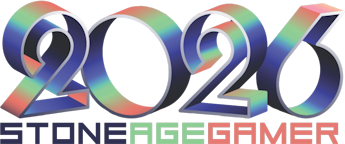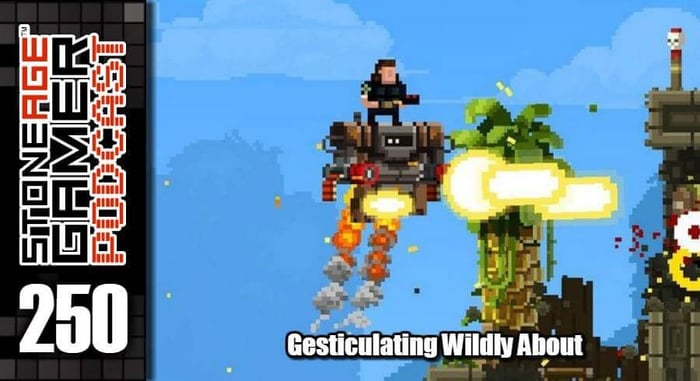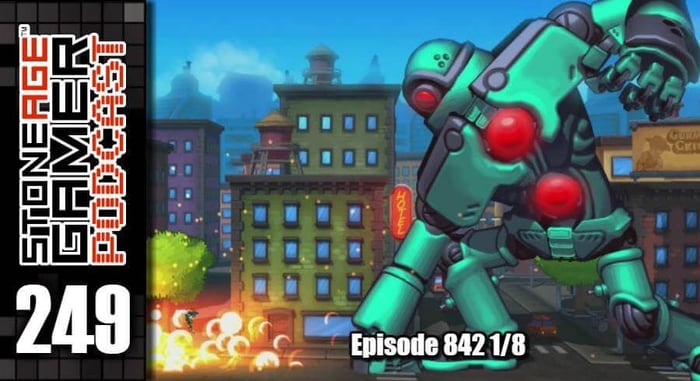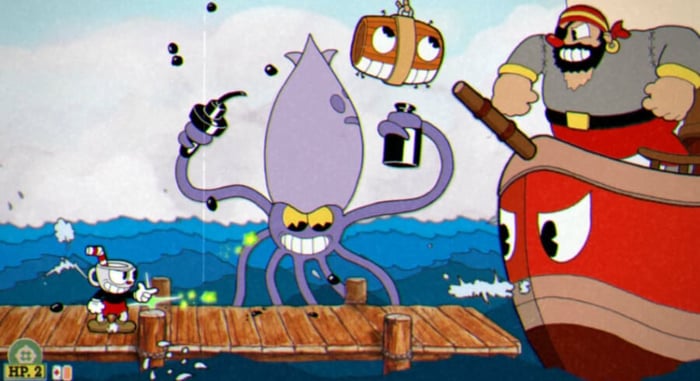
Feeling Board: The Legend of Zelda Board Game
As I made this trek through my video game board game collection, this was the one I was looking forward to the most. Not just because I’m a huge fan of the Legend of Zelda games, but because of how big a fan I was of Zelda when I was a kid. NES-era Nintendo was absolutely magical to me. The whole “World of Nintendo” was just about the coolest thing on the planet to me, particularly anything related to Zelda. Stuff like the convoluted timeline, controversial art styles, and all that assorted malarkey associated with the franchise today wasn’t a thing. There were 2 NES games, a Game & Watch, a literal game watch, a cartoon, and countless Nintendo-branded pieces of merchandise, often also featuring Donkey Kong, Mario, and sometimes Samus as well. So when my parents bought me the Legend of Zelda board game, I flipped my lid.
Just look at that box! It’s a freaking masterpiece! What I love most about this is that it looks nothing like any other Zelda artwork I had seen before, but it was still remarkably close to the spirit of the first NES game. Link is young and chubby, like his sprite in the game. Those Zolas look AMAZING. Sure, it’s a little weird that Zelda is just chilling in the woods while Link fights these monsters on a raft, but even though it’s a bit offbrand, this is a really nice piece of art. MB also put out a couple of puzzles, and there was even a Little Golden Book about Zelda, but they didn’t really look right. This may have been wrong, but at least it was magnificent.
Anyway, enough gushing about the box art. Let’s gush about the contents! First, we have the game board itself with is a real looker, if you ask me. (Nobody asked me.) Just like the outer box, the board is covered with some really nice-looking art. As you can see, we have six “worlds” that each seem to be at least inspired by the first NES game, particularly with the whole top-down perspective part. The path from worlds 1-3 kind of make me think of the opening part of the game getting to Level 1. You start off in the woods, the cross a body of water to get to an island with a bunch of dead trees on it. The back half all look like rather nondescript dungeons of different colors, again like the game its based on. I do appreciate that even though all three worlds are basically the same thing, they aren’t just the same image recolored. The brick layout is different in all three. Bravo, Milton Bradley.
The object of the game is to track down the special items in each stage so you can move onto the next one. Each player rolls a dice to see how many spots they get to move Link. Yes, like the Super Mario Bros. game, every player once again moves the same piece across the board. You are free to move him in whatever direction you like, but you can’t pass onto the next stage until you track down the item card. If you land on a white dot, you’re safe. If you land on a yellow square, you get to flip over a card.
There are two types of cards, item cards and enemy cards. The item cards are super cool, and I love how they made it make sense to need them to progress in the game. The fairy is probably the biggest stretch, because it’s not like you’d need a fairy in Zelda to help you leave the woods, but whatever. After that you need the raft to cross the river, the Water of Life to… okay. That one doesn’t make a ton of sense either. But whatever. It looks cool. Then you use a key to get through a door, a bomb to blast through a wall, and then you save the princess and get the Triforce. Not sure why Zelda’s giving you the side-eye in that picture, but hey. She’s been through a lot.
As cool as the item cards are, the monster cards are even cooler. Each world in the game has its own set of monster cards, and they they all seem to work in their specific environments. Moblins are in the woods, Gleeoks are in the dungeons, Zolas are in the water, etc. What happens if you turn one of these guys over is that you have to fight them, which involves rolling a second set of dice. These are regular 6-sided dice, except instead of numbers, they have sword icons and red squares.
The numbers on the monster cards tell you how many hit points they have. If you successfully roll a higher number of swords than the number on the monster card, you defeat it and move on. If not, you lose a heart. Lose all your hearts and it’s game over. The good news is, you can also earn hearts back by defeating Monsters with heart icons on their cards. So even if you’ve gotten the item in an area already, you probably want to hang out killing all the monsters just to harvest a few extra hearts.
It’s not an overly challenging game, but it is really fun to play. Of all the games we’ve messed around with, this is the one my son asks to come back to most often. I certainly don’t mind because just look at this thing! It’s such a perfect rendition of that very specific magic that came along with the Zelda franchise back then. You just don’t see this kind of weirdness anymore.
Speaking of weirdness, we’ve had a lot of fun pointing out the various oddities we’ve found in these board games, but the only thing here that seems truly off is how they misspelled Moblin on the monster cards. I guess Molbrin isn’t a terrible name, but Moblin is way cooler.
Then again, that aforementioned Little Golden Book didn’t do a whole lot better…
What’s a Molblin?
And that about does it. If you have a chance to get this one, I can’t recommend it enough, especially if you’re a longtime Zelda fan. It’s super easy, but somehow still a pretty good time, especially when playing with little ones. It’s been a fun trip delving into all these games, and I’m hopeful that I can track down even more. If I do, I’ll be sure to write about them here.





